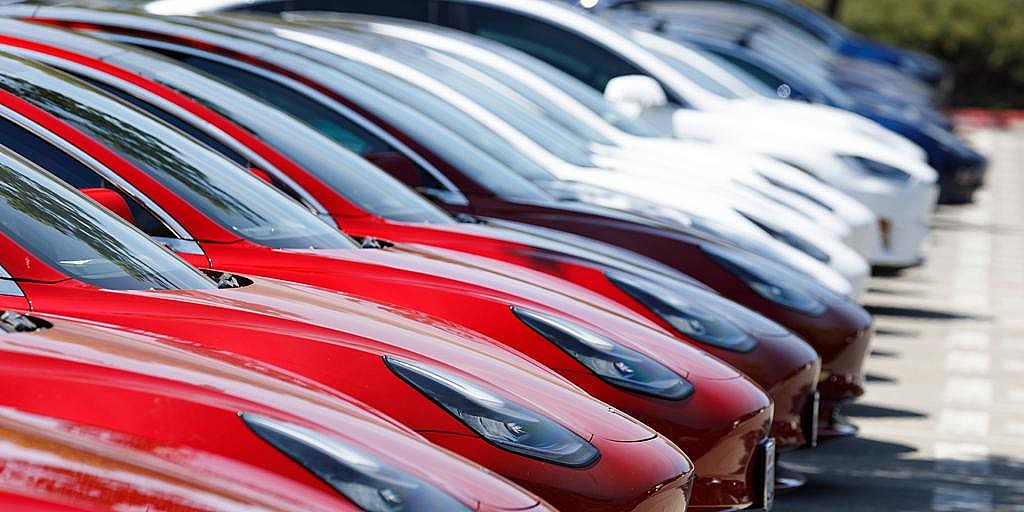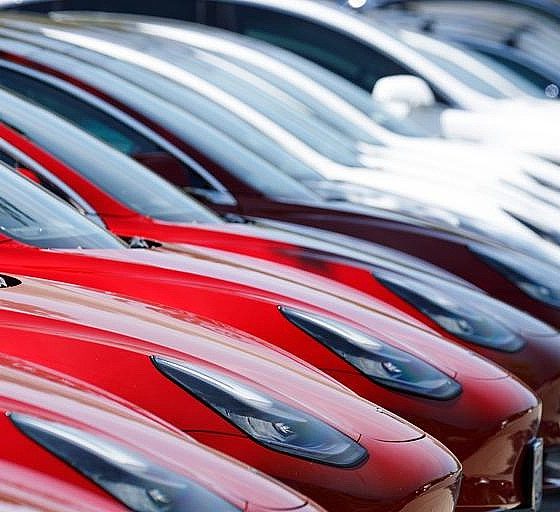With the adoption of electric vehicles underway, and with more and more veteran automakers dipping their toes in electric cars, EVs like the Tesla Model 3 are bound to see some competition. This would be notable in coming years, with vehicles like Volvo’s Polestar 2 expected to enter the market as early as 2020. Despite this influx of EVs, Tesla (NASDAQ:TSLA) bull and Loup Ventures Managing Partner Gene Munster argues that the Model 3 will likely remain unchallenged.
Currently, there are 17 EVs available in the US market. This is a notable increase from 2018, when there were only 11 that were available for purchase. By next year, there will likely be 24 all-electric cars that buyers could choose from. Munster argues that the majority of these vehicles could be divided into two categories: those that are priced above $70,000 and those that have a rated range below 130 miles. All of these, including the highly-anticipated Rivian R1S (which starts at the ~$70,000 range) or the Mini EV (which has a range of 135 miles), are not mainstream vehicles due to their cost or limited range.
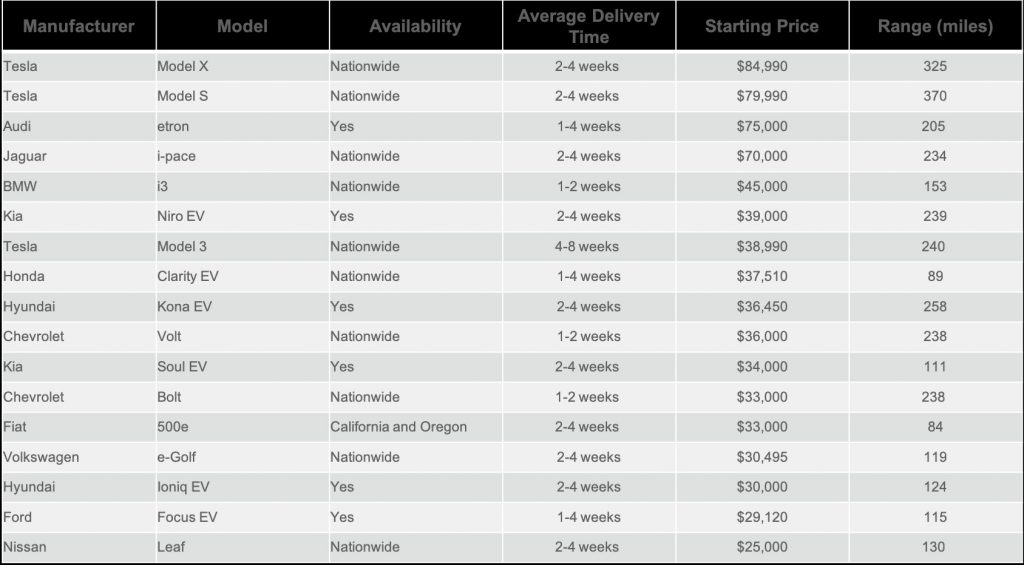
For an EV to be truly mainstream, Munster noted that the vehicle must be priced below $40,000 and have a range above 225 miles per charge. Only five electric cars in the US today meet this criterion: The Tesla Model 3 Standard Range Plus, the Chevy Bolt EV and the Volt, the Hyundai Kona Electric, and the Kia e-Niro. Munster noted that among these options, the Tesla Model 3 is the “clear winner in terms of value,” and this is something that would likely continue to the coming year. Even with the upcoming competition in 2020, the Model 3 will likely be “unchallenged in its EV value proposition,” the analyst wrote.
Tesla’s year-to-date EV market share stands at a dominating 75%. According to Munster, he expects this to decline to about 20-25% over the next ten years. Provided that the US auto sales stabilize at around 18 million per year, and provided that electric car adoption becomes widespread, Tesla’s sales in the country could end up yielding around 3.6-4.5 million vehicles per year. This is notable growth, considering that Tesla is expected to deliver just over 200,000 vehicles in the US this year, as part of its estimated 360,000 global deliveries in 2019.
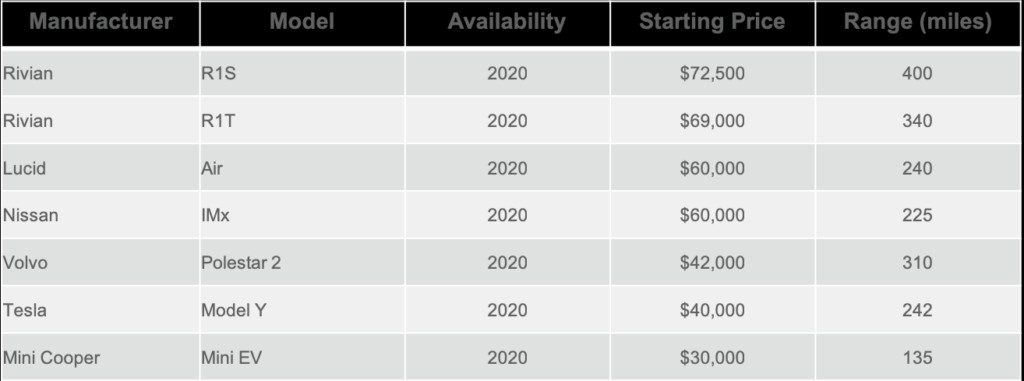
A key factor in this expected continued dominance is Tesla’s increasingly apparent 7-year headstart in the electric vehicle market. Munster argues that this headstart allows Tesla to enjoy a lead against its competitors in terms of batteries that are more efficient compared to other EV manufacturers, a vertically integrated Supercharger Network that’s easier to use compared to third-party charging stations, and dedicated full self-driving capabilities that are specifically tuned for the company’s vehicle lineup. These factors complete the Tesla ownership ecosystem, and all of these are present in the electric car maker’s entry-level offering, the Model 3 Standard Range Plus.
The narrative of Tesla’s upcoming competition has proven prevalent over the past years, with critics of the company dubbing electric cars such as the Jaguar I-PACE, the Audi e-tron, and the Chevy Bolt EV as potential “Tesla Killers.” As vehicles like the Model 3 continue to prove that Tesla is a moving target, and as companies like Jaguar and Audi exhibit teething problems with the I-PACE and e-tron, the gap between Tesla and its rival automakers continues to become more pronounced.
Disclosure: I have no ownership in shares of TSLA and have no plans to initiate any positions within 72 hours.

Investor's Corner
Tesla analyst realizes one big thing about the stock: deliveries are losing importance
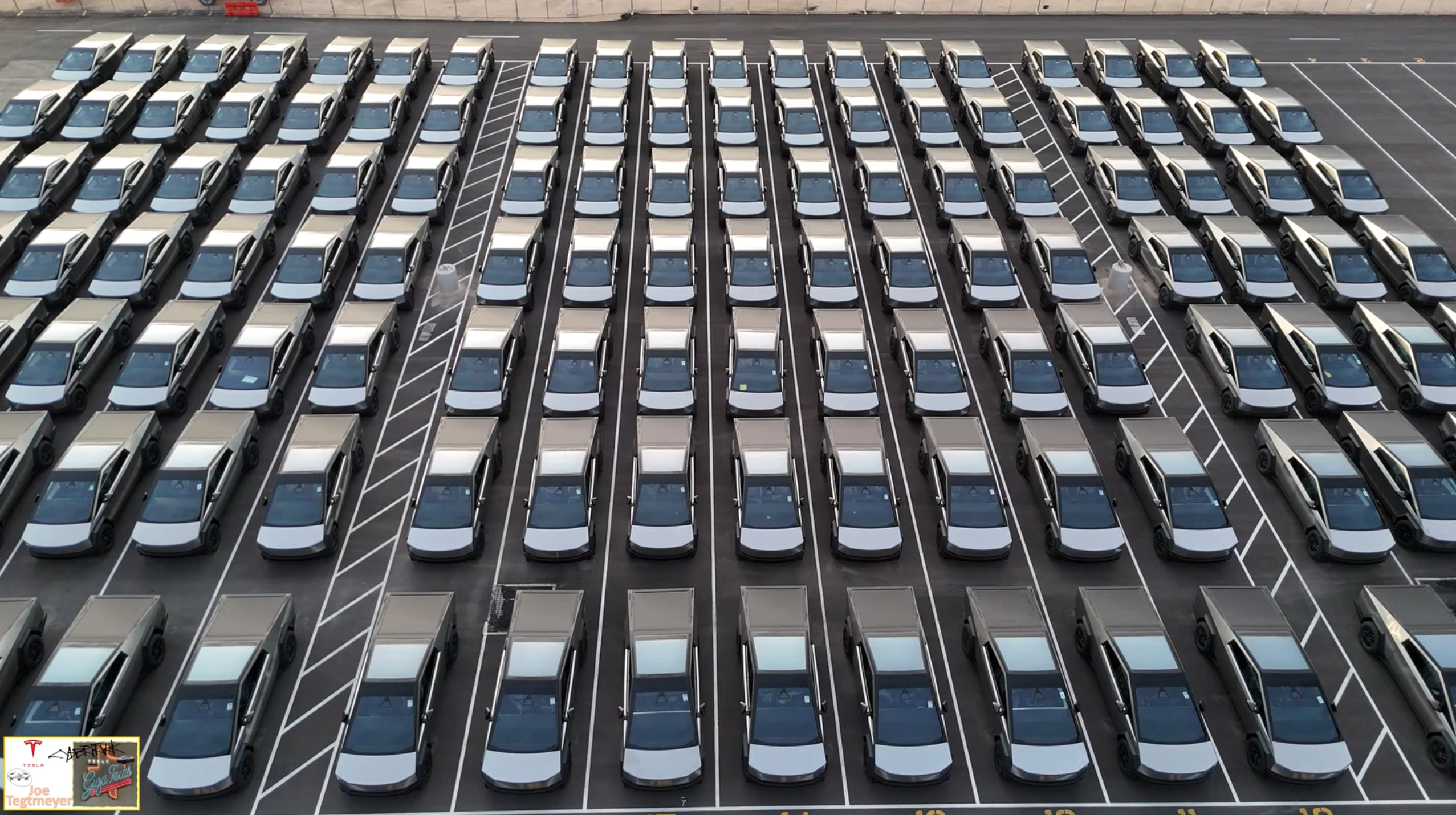
Tesla analyst Dan Levy of Barclays realized one big thing about the stock moving into 2026: vehicle deliveries are losing importance.
As a new era of Tesla seems to be on the horizon, the concern about vehicle deliveries and annual growth seems to be fading, at least according to many investors.
Even CEO Elon Musk has implied at times that the automotive side, as a whole, will only make up a small percentage of Tesla’s total valuation, as Optimus and AI begin to shine with importance.
He said in April:
“The future of the company is fundamentally based on large-scale autonomous cars and large-scale and large volume, vast numbers of autonomous humanoid robots.”
Almost all of Tesla’s value long-term will be from AI & robots, both vehicle & humanoid
— Elon Musk (@elonmusk) September 11, 2023
Levy wrote in a note to investors that Tesla’s Q4 delivery figures “likely won’t matter for the stock.” Barclays said in the note that it expects deliveries to be “soft” for the quarter.
In years past, Tesla analysts, investors, and fans were focused on automotive growth.
Cars were truly the biggest thing the stock had to offer: Tesla was a growing automotive company with a lot of prowess in AI and software, but deliveries held the most impact, along with vehicle pricing. These types of things had huge impacts on the stock years ago.
In fact, several large swings occurred because of Tesla either beating or missing delivery estimates:
- January 3, 2022: +13.53%, record deliveries at the time
- January 3, 2023: -12.24%, missed deliveries
- July 2, 2024: +10.20%, beat delivery expectations
- October 3, 2022: -8.61%, sharp miss due to Shanghai factory shutdown
- July 2, 2020: +7.95%, topped low COVID-era expectations with sizeable beat on deliveries
It has become more apparent over the past few quarters that delivery estimates have significantly less focus from investors, who are instead looking for progress in AI, Optimus, Cybercab, and other projects.
These things are the future of the company, and although Tesla will always sell cars, the stock is more impacted by the software the vehicle is running, and not necessarily the vehicle itself.
Investor's Corner
SpaceX IPO is coming, CEO Elon Musk confirms
However, it appears Musk is ready for SpaceX to go public, as Ars Technica Senior Space Editor Eric Berger wrote an op-ed that indicated he thought SpaceX would go public soon. Musk replied, basically confirming it.

Elon Musk confirmed through a post on X that a SpaceX initial public offering (IPO) is on the way after hinting at it several times earlier this year.
It also comes one day after Bloomberg reported that SpaceX was aiming for a valuation of $1.5 trillion, adding that it wanted to raise $30 billion.
Musk has been transparent for most of the year that he wanted to try to figure out a way to get Tesla shareholders to invest in SpaceX, giving them access to the stock.
He has also recognized the issues of having a public stock, like litigation exposure, quarterly reporting pressures, and other inconveniences.
However, it appears Musk is ready for SpaceX to go public, as Ars Technica Senior Space Editor Eric Berger wrote an op-ed that indicated he thought SpaceX would go public soon.
Musk replied, basically confirming it:
As usual, Eric is accurate
— Elon Musk (@elonmusk) December 10, 2025
Berger believes the IPO would help support the need for $30 billion or more in capital needed to fund AI integration projects, such as space-based data centers and lunar satellite factories. Musk confirmed recently that SpaceX “will be doing” data centers in orbit.
AI appears to be a “key part” of SpaceX getting to Musk, Berger also wrote. When writing about whether or not Optimus is a viable project and product for the company, he says that none of that matters. Musk thinks it is, and that’s all that matters.
It seems like Musk has certainly mulled something this big for a very long time, and the idea of taking SpaceX public is not just likely; it is necessary for the company to get to Mars.
The details of when SpaceX will finally hit that public status are not known. Many of the reports that came out over the past few days indicate it would happen in 2026, so sooner rather than later.
But there are a lot of things on Musk’s plate early next year, especially with Cybercab production, the potential launch of Unsupervised Full Self-Driving, and the Roadster unveiling, all planned for Q1.
Investor's Corner
Tesla Full Self-Driving statistic impresses Wall Street firm: ‘Very close to unsupervised’
The data shows there was a significant jump in miles traveled between interventions as Tesla transitioned drivers to v14.1 back in October. The FSD Community Tracker saw a jump from 441 miles to over 9,200 miles, the most significant improvement in four years.

Tesla Full Self-Driving performance and statistics continue to impress everyone, from retail investors to Wall Street firms. However, one analyst believes Tesla’s driving suite is “very close” to achieving unsupervised self-driving.
On Tuesday, Piper Sandler analyst Alexander Potter said that Tesla’s recent launch of Full Self-Driving version 14 increased the number of miles traveled between interventions by a drastic margin, based on data compiled by a Full Self-Driving Community Tracker.
🚨 Piper Sandler reiterated its Overweight rating and $500 PT on Tesla $TSLA stock
Analyst Alexander Potter said FSD is near full autonomy and latest versions showed the largest improvement in disengagements, from 440 miles to 9,200 miles between critical interventions pic.twitter.com/u4WCLfZcA9
— TESLARATI (@Teslarati) December 9, 2025
The data shows there was a significant jump in miles traveled between interventions as Tesla transitioned drivers to v14.1 back in October. The FSD Community Tracker saw a jump from 441 miles to over 9,200 miles, the most significant improvement in four years.
Interestingly, there was a slight dip in the miles traveled between interventions with the release of v14.2. Piper Sandler said investor interest in FSD has increased.
Full Self-Driving has displayed several improvements with v14, including the introduction of Arrival Options that allow specific parking situations to be chosen by the driver prior to arriving at the destination. Owners can choose from Street Parking, Parking Garages, Parking Lots, Chargers, and Driveways.
Additionally, the overall improvements in performance from v13 have been evident through smoother operation, fewer mistakes during routine operation, and a more refined decision-making process.
Early versions of v14 exhibited stuttering and brake stabbing, but Tesla did a great job of confronting the issue and eliminating it altogether with the release of v14.2.
Tesla CEO Elon Musk also recently stated that the current v14.2 FSD suite is also less restrictive with drivers looking at their phones, which has caused some controversy within the community.
Although we tested it and found there were fewer nudges by the driver monitoring system to push eyes back to the road, we still would not recommend it due to laws and regulations.
Tesla Full Self-Driving v14.2.1 texting and driving: we tested it
With that being said, FSD is improving significantly with each larger rollout, and Musk believes the final piece of the puzzle will be unveiled with FSD v14.3, which could come later this year or early in 2026.
Piper Sandler reaffirmed its $500 price target on Tesla shares, as well as its ‘Overweight’ rating.
